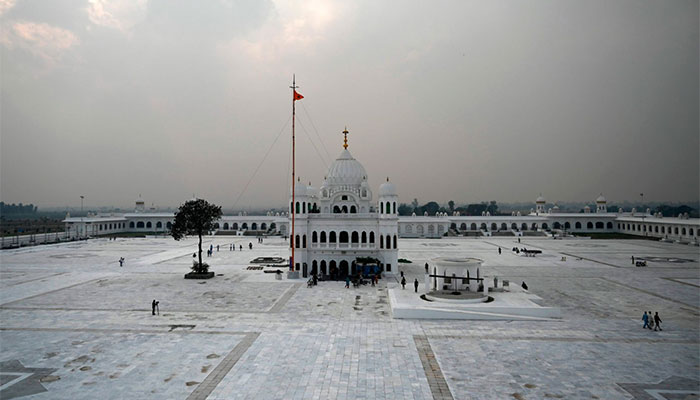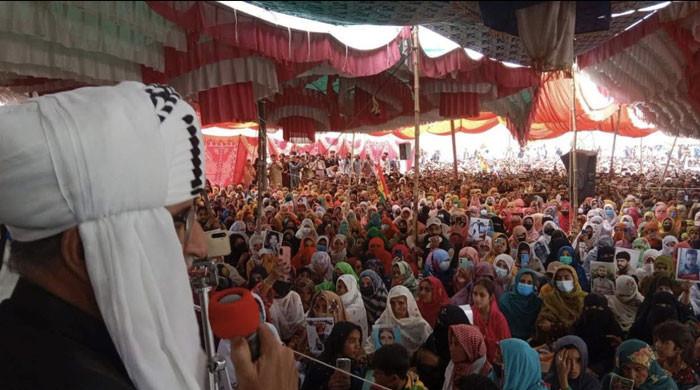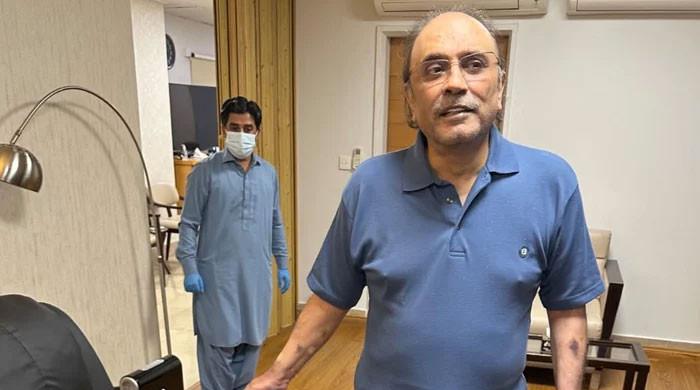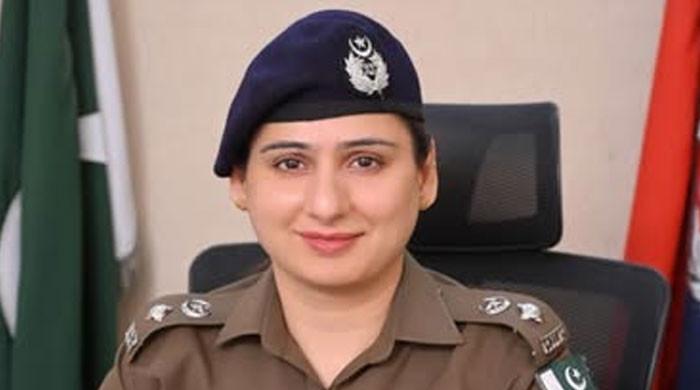Where is Kartarpur Corridor and what does it mean for Sikhs?
The Kartarpur Corridor is approximately 120 kilometres from Punjab's capital city of Lahore
November 09, 2019

The highly-anticipated inauguration of the Kartarpur Corridor between Pakistan and India is set for Saturday morning, with members of the Sikh community, celebrities, and top officials from Islamabad and New Delhi arriving to commemorate the event.
So where exactly is the Kartarpur Corridor?
The Kartarpur Corridor is approximately 120 kilometres from Punjab's capital city of Lahore and almost five kilometres from the Pakistan-India border.
It is some 4.1 km, or 2.5 miles, long, marking a significant reduction in what the Sikh yatrees (pilgrims) from India would have to opt for alternatively — a bus from India to Lahore and then to Kartarpur, which makes the journey a whopping 125 km long.
Interestingly, however, the Gurdwara Darbar Sahib Kartarpur or the Kartarpur Sahib is visible to those who live on the Indian side of the border with the naked eye, while a special elevated platform has been constructed in India to make seeing the Gurdwara easier with binoculars.
And what does it mean for Sikhs?
The Gurdwara, or the Sikh temple, is one of the religion's most holiest and sacred sites, and with the Kartarpur Corridor's opening on November 9, will be accessible by crossing an international border and without a visa — a major feat after over 70 years.
The Gurdwara is the final resting place of the Sikhism founder Guru Nanak died in 1539 after living in the Kartarpur town for almost two decades in the 16th century. While there have been multiple changes to the village itself as well as the temple, considering the meandering course of the Ravi river, there is one legend that many are familiar with.
According to the legend, Hindus and Muslims were in disagreement over how to lay Guru Nanak to rest as the latter wished to cremate his body while the former wanted to bury him. However, following the contention, Guru Nanak's body transformed into flowers — a solution that brought the dispute to an end and made the followers of both the religions happy as the flowers were divided between the two.
The Kartarpur Corridor inauguration ceremony also coincides with Guru Nanak's 550th birthday — November 12 — meaning that there would be many more yatrees, including from across the world, this year.
As per tradition, Sikh pilgrims take a dip in sarovar that is filled up with amrit — holy water or nectar — for cleansing. They also have langarkhana where free food is distributed and, during their primary prayer, they chant kirtan and pray ardaas.
Estimates suggest some 5,000 Indian Sikhs will use the Kartarpur Corridor everyday.











